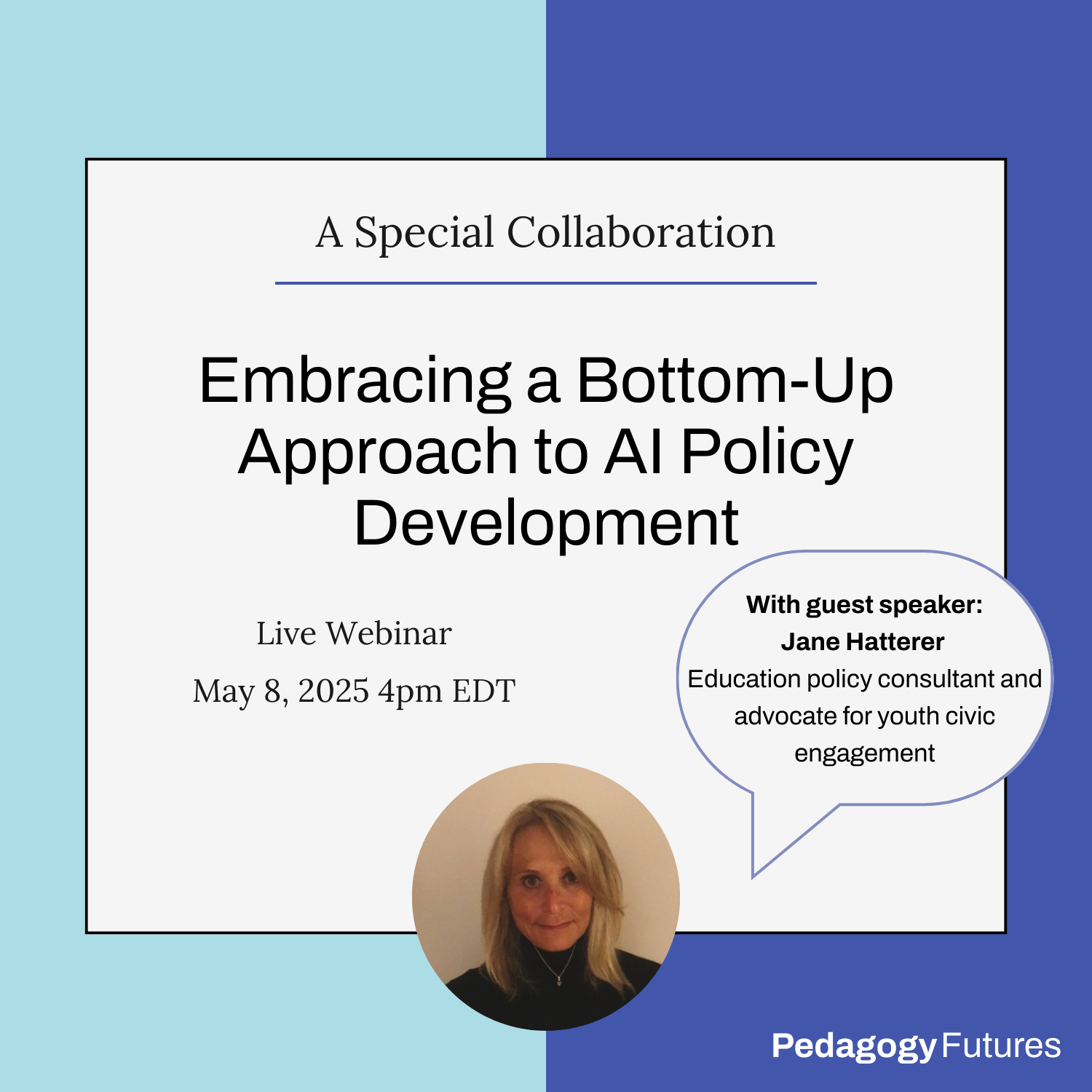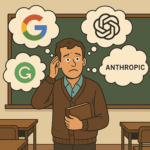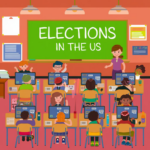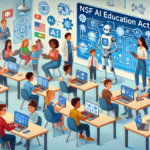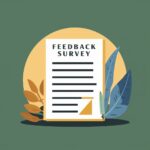In a recent webinar with guest speaker education policy consultant Jane Hatterer, we discussed the critical role that student and educator voices play in developing effective AI policies for schools and districts. The recording of the webinar can be accessed here.
Artificial intelligence is rapidly integrating into K-12 education. Data shows increasing adoption of generative AI, with most Gen Zers (79%) using these products, and nearly half (47%) doing so weekly, often for schoolwork. Teachers are also experimenting with AI tools. This widespread use, however, is happening amidst a piecemeal policy landscape at the school, district, and state levels. This lack of clear guidance has significant consequences for the very individuals most affected: students and educators.
This lack of guidance is leaving educators to feel unsupported regarding how to use and discuss AI in classrooms and how to enforce policies for students. This can lead to them avoiding AI entirely, integrating it haphazardly, or even promoting unproductive uses. Meanwhile, students are actively seeking AI literacy education and clear rules on acceptable use. Nearly half of Gen Z students report their school lacks clear policies regarding AI use. Unclear rules can result in students either avoiding AI or using it inappropriately, potentially enabling them to skirt important learning and gain an unfair advantage. There are also significant concerns about data privacy among educators and administrators.
This is why a top-down, disconnected approach to AI policy simply won’t work. We need to embrace a bottom-up approach to AI policy development, one that centers the voices and experiences of those on the front lines.
The Critical Need for Student and Educator Involvement
Here’s why involving students and educators from the ground up is not just beneficial, but essential:
- Direct Impact: Students and teachers are the individuals most directly affected by AI policies in schools and classrooms. Their lived experiences provide invaluable context.
- Student Demand: Students are already using AI and asking for education and clear guidance. Approximately half of Gen Z students believe schools should be required to teach them how to leverage AI productively.
- Relevant Training and Support: Involving teachers helps ensure that professional development and policies are relevant and directly address their evolving concerns, which have shifted from initial fears about plagiarism to issues like data privacy and appropriate classroom integration. Peer expertise, such as teacher-led exploration teams, has proven valuable.
- Informed Policymaking: Good policymaking and governance should be informed by data, both qualitative and quantitative. Getting this crucial contextual data requires understanding use cases (guided experiments) and having the ability to evaluate that data. Students and educators are the source of this data.
- Empowering Agency: Centering educators and students supports human agency and democratic values in the AI-human relationship. It reinforces that AI should be an assist, emphasizing human skills like critical thinking, evaluation, and understanding the implications of AI use.
- Fostering a Supportive Culture: Clear policies and open conversations create a supportive environment for experimentation, discussion, and collaboration around AI. This is crucial for educators to feel comfortable exploring the technology without fear of missteps or liability.
Key Components of a Robust AI Policy
An effective AI policy must address a wide-range of potential concerns and implications. They should cover understanding AI fundamentals, ethical and responsible use (including bias mitigation, equality of access, and data privacy), civic and social dimensions (misinformation, digital citizenship, impact on democracy), and clearly defining appropriate classroom use for both students and teachers, including expectations for transparency and citation. Policies must also support robust, ongoing professional development for teachers and explicit AI, media, and digital literacy skills instruction for students integrated across the curriculum. Curriculum and assessment methods should also be reimagined in light of AI capabilities. Critically, policies must be extremely clear and accessible to all stakeholders.
Collaboratively Developing Policies with Key Stakeholders
Developing these policies collaboratively involves concrete steps. It begins with collecting input through methods like sentiment surveys to understand existing perspectives and concerns. Creating diverse task forces or working groups with representation from students, teachers, administrators, experts, and ideally, caregivers and staff, is vital. Providing initial AI training early in the process for both educators and students is essential to build a shared understanding before finalizing detailed policies and to address initial fears and confusion.
Beyond initial input, the process should include integration and experimentation. Schools should encourage guided experimentation in low-stakes environments, embedding conversations about AI’s capabilities, limitations, and ethical use into existing professional development and curriculum design. This phase should prioritize developing students’ critical thinking skills – their ability to process, analyze, evaluate, and interrogate information, including AI-generated content. This strengthens their civic readiness and discernment skills.
Policy implementation can leverage existing policies related to media literacy or digital citizenship. A phased approach might be beneficial, perhaps starting with building educator comfort before full student integration. Most importantly, policies must be dynamic, allowing room to adapt, evaluate, and iterate. AI is an ever-changing technology, requiring continuous learning and adaptation based on ongoing assessment and feedback.
Challenges exist, including addressing the equity gap in AI training and access observed between low-poverty and high-poverty districts. Acknowledging potential scarcity of external experts means leveraging internal capacity and peer learning. Time constraints on educators require flexible training formats. Throughout, policies must maintain a human focus, emphasizing the development of critical human skills like inquiry, collaboration, and creativity.
AI’s impact on education and democracy demands thoughtful, intentional policy responses now. Involving students and educators in creating these policies is not just beneficial; it is essential for ensuring relevance, fostering buy-in, and preparing students to be informed, empowered civic actors in an AI-infused future. Policy development is dynamic; inaction is also a choice, and it has consequences. By centering AI literacy, ethical use, and critical inquiry, schools can harness AI’s potential while safeguarding the core purpose of education: human and civic development.

